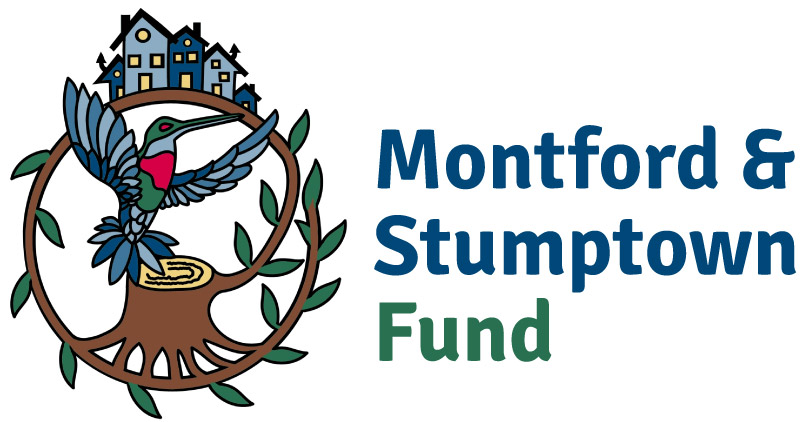Watch on YouTube (Closed Captioning available)
I’ve lived in Stumptown for approximately 34 years. I lived in the Stumptown section. This is the Gray Street area. I also pastored at the Welfare Baptist Church for 17 years, which was the focal point of Stumptown.
Well, Stumptown used to be a vibrant, 100% Black neighborhood. And it flourished; there were so many different businesses here. The church was the main part of the whole thing. The ball field out here and the neighbors, the neighborhood has changed immensely.
Like I said, you could see more of Black youth participating. You’d see Black youth and all youth sports teams, black participation. The bands marching around. All these kids went from here into bands in Stephens Lee and Asheville High. They had a lot of musicians that came out of this community. One in particular, Aaron Mills, who played with Cameo. And he came out of the Welfare Church playing the bass guitar.
What has been lost?
A lot of the traditional Black things were lost. Like, people had to learn how to change their way of thinking and their way of getting along with people of other races. The originality of stuff was lost. Like, music, areas of differences, the differences of being black and being white, the music situation, the worship situation, all things were different because of that. And if I had to think of people like Martin Luther King, they made a great mistake. They wanted better schools but we gave up our originality.
What if urban renewal hadn’t happened?
Well, I think we’d have more Black business, Black-owned businesses, more participation from Black leadership, and now young people would have a better outlook on the City of Asheville because with my generation, with my years, those other people, as soon as they finished high school they went off to a bigger city like Charlotte, Chicago, or New York, so they could better themselves.
Dreams for the future
I dream that we could come together and be really truly a neighborhood of wisdom, understanding and cooperation. We don’t have cooperation anymore ‘cause we have one side here and one side is down [hand motions]. We’ve gotta have some even-steven when you are dealing with people.
How to get there
…make the black man and black woman more aware of what’s going on, younger people in particular. Particularly, business owners, bring back the black businesses so that we can thrive like we used to here in Stumptown. A lot of good folk came out of Stumptown, we have a lot of good preachers, teachers, lawyers, doctors that came out of this area. And when they ask the question, “can anything good come out of Asheville?” we say, “yeah, Stumptown.”
